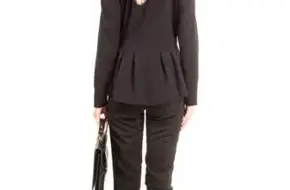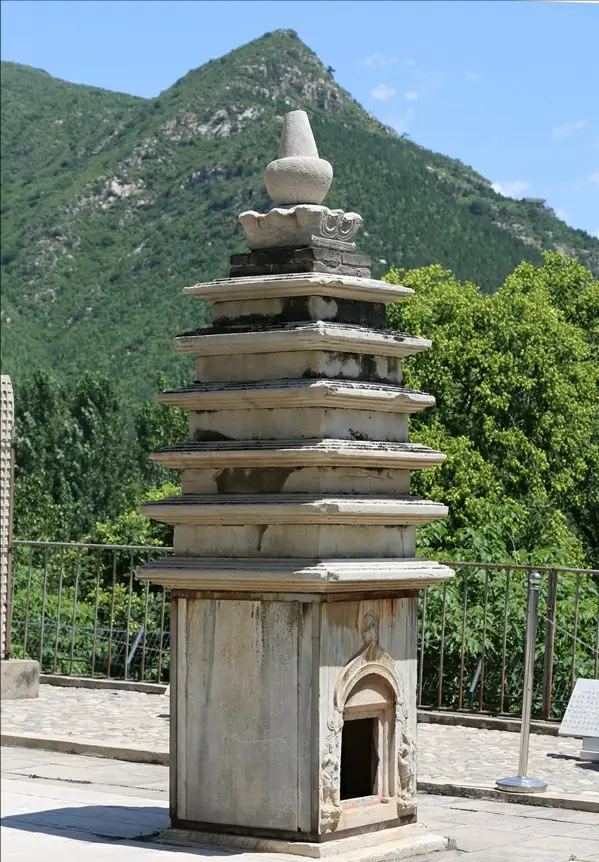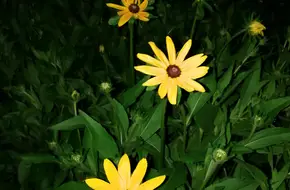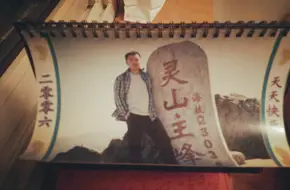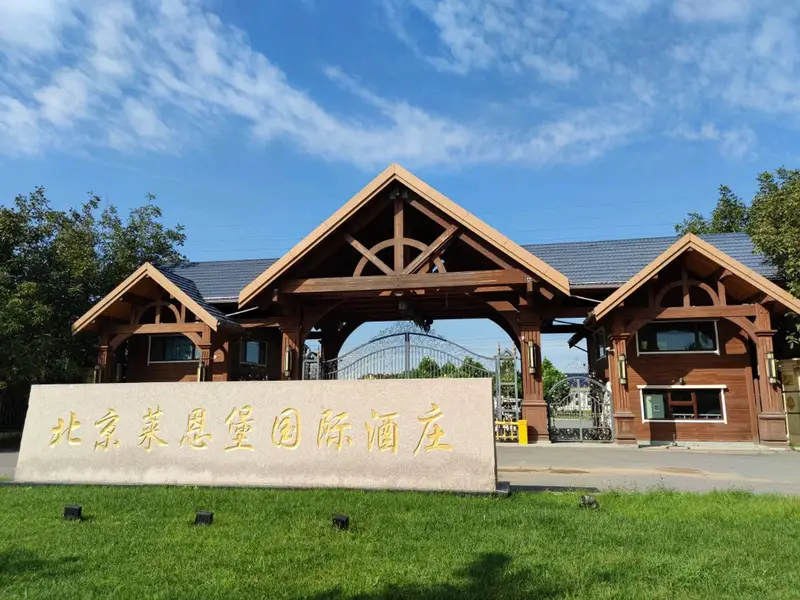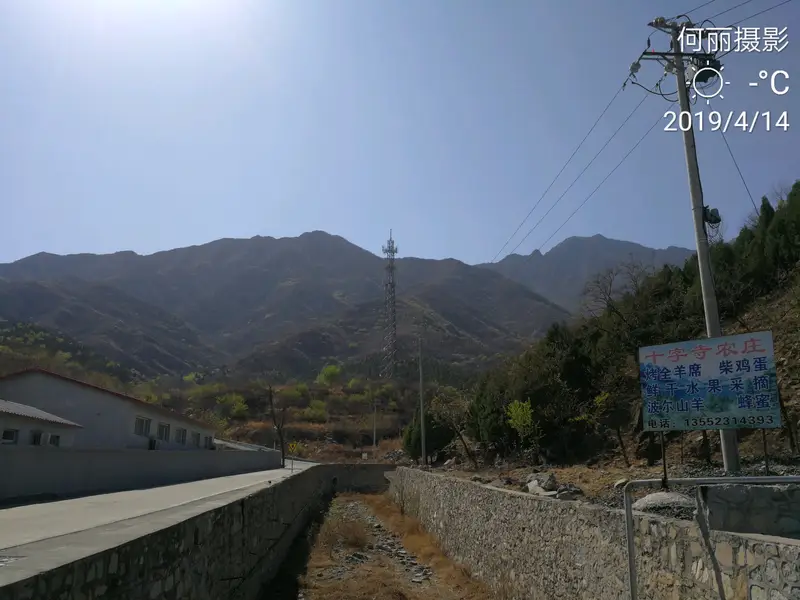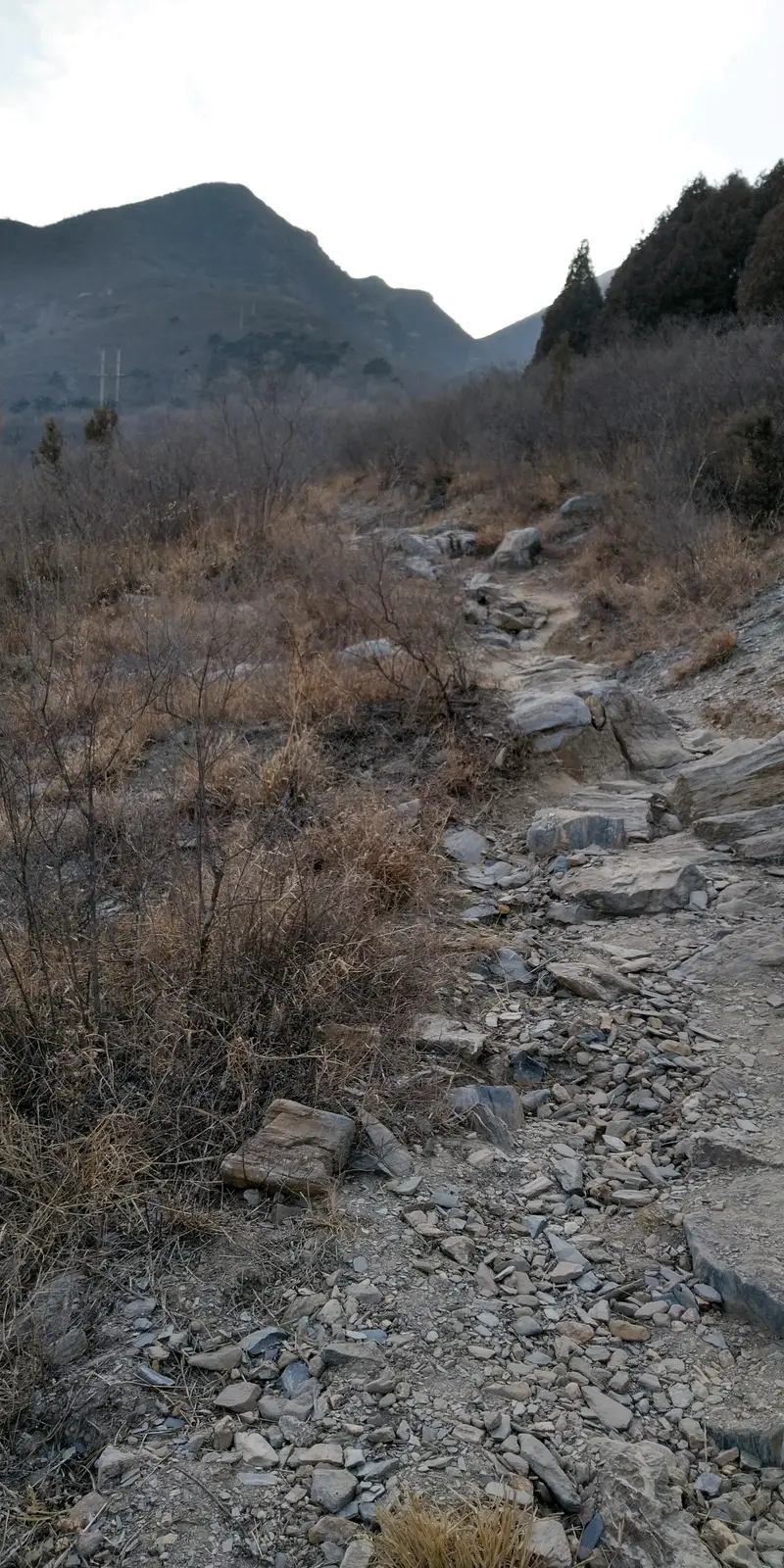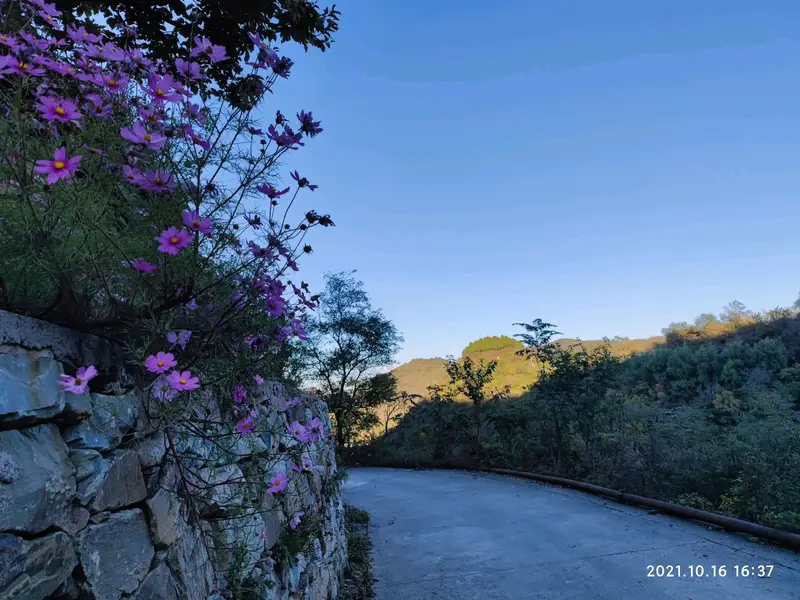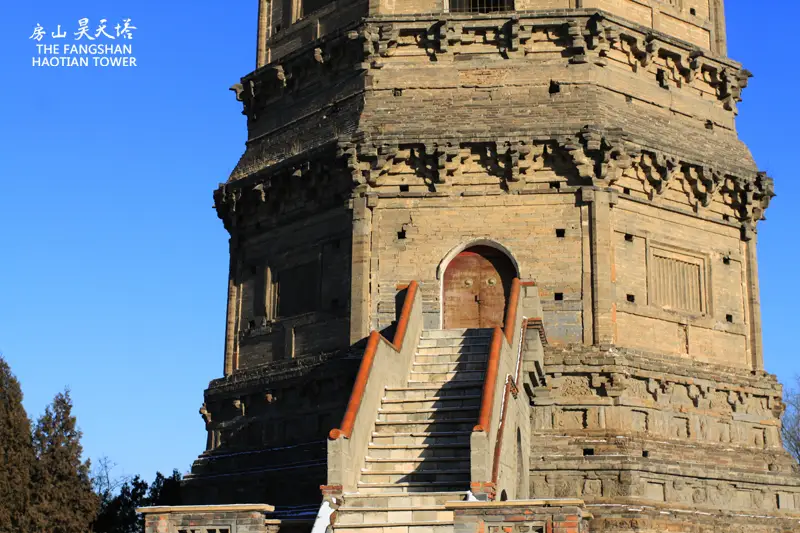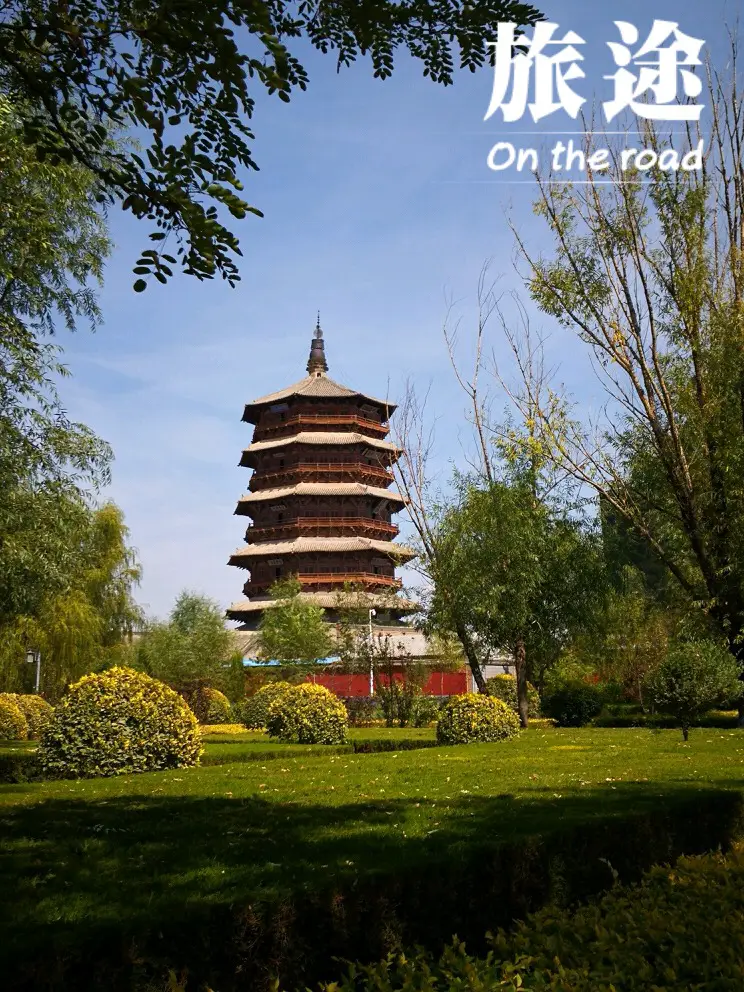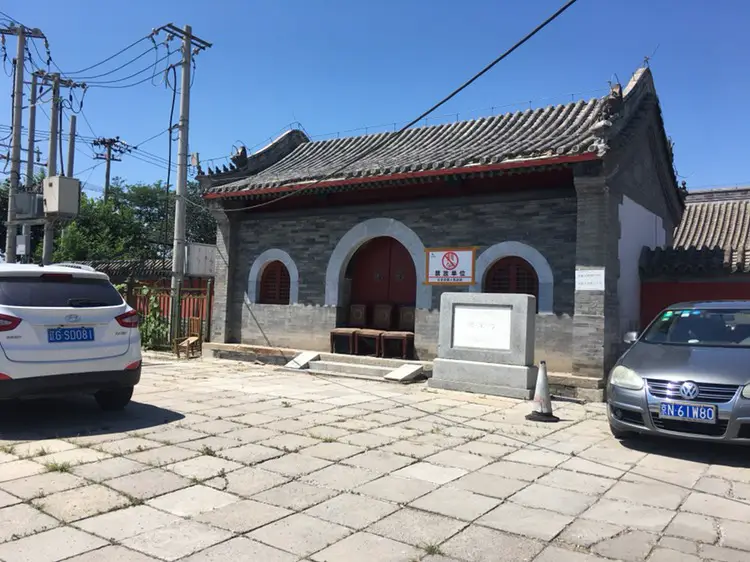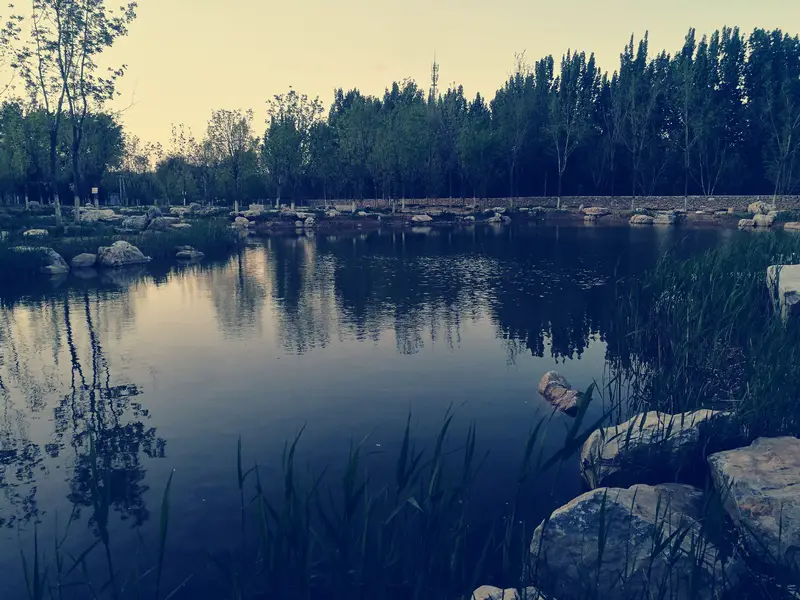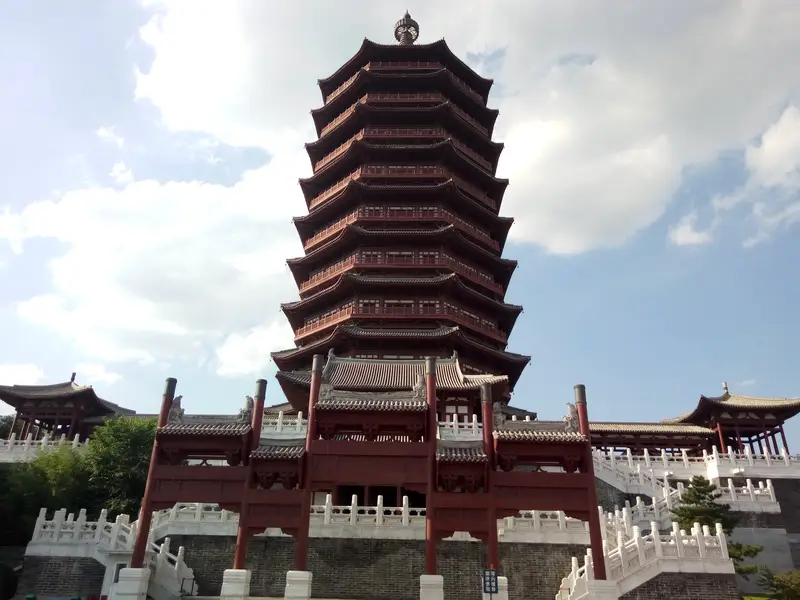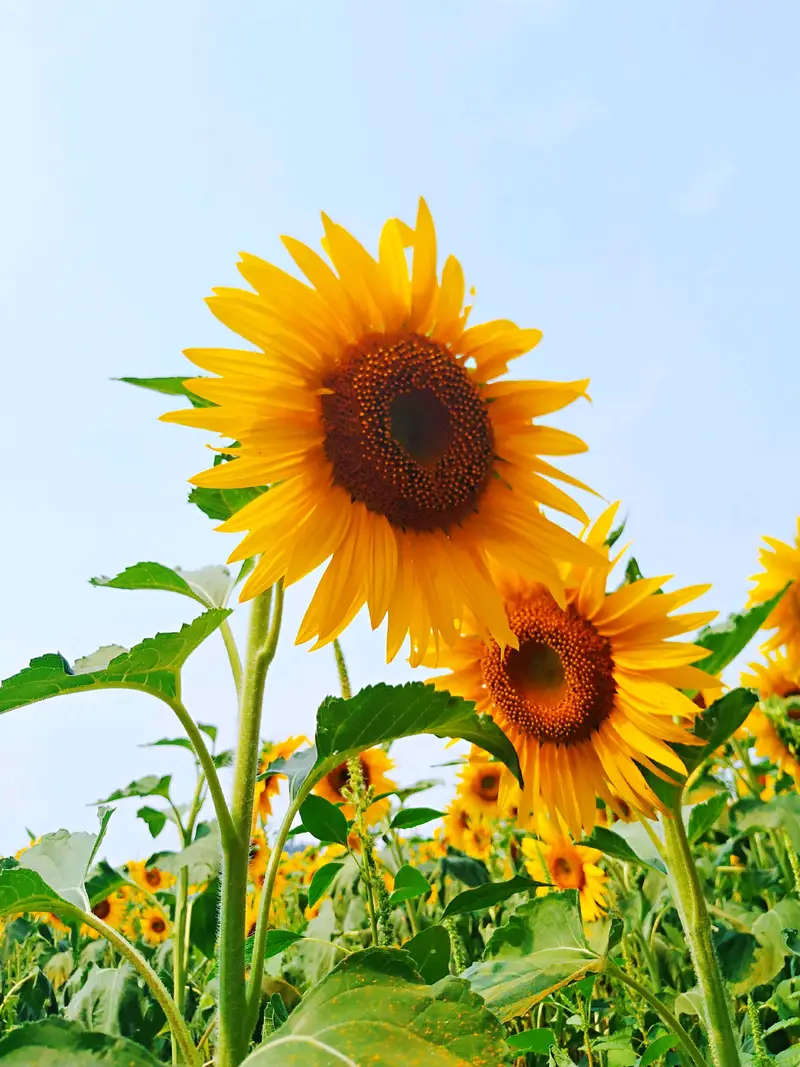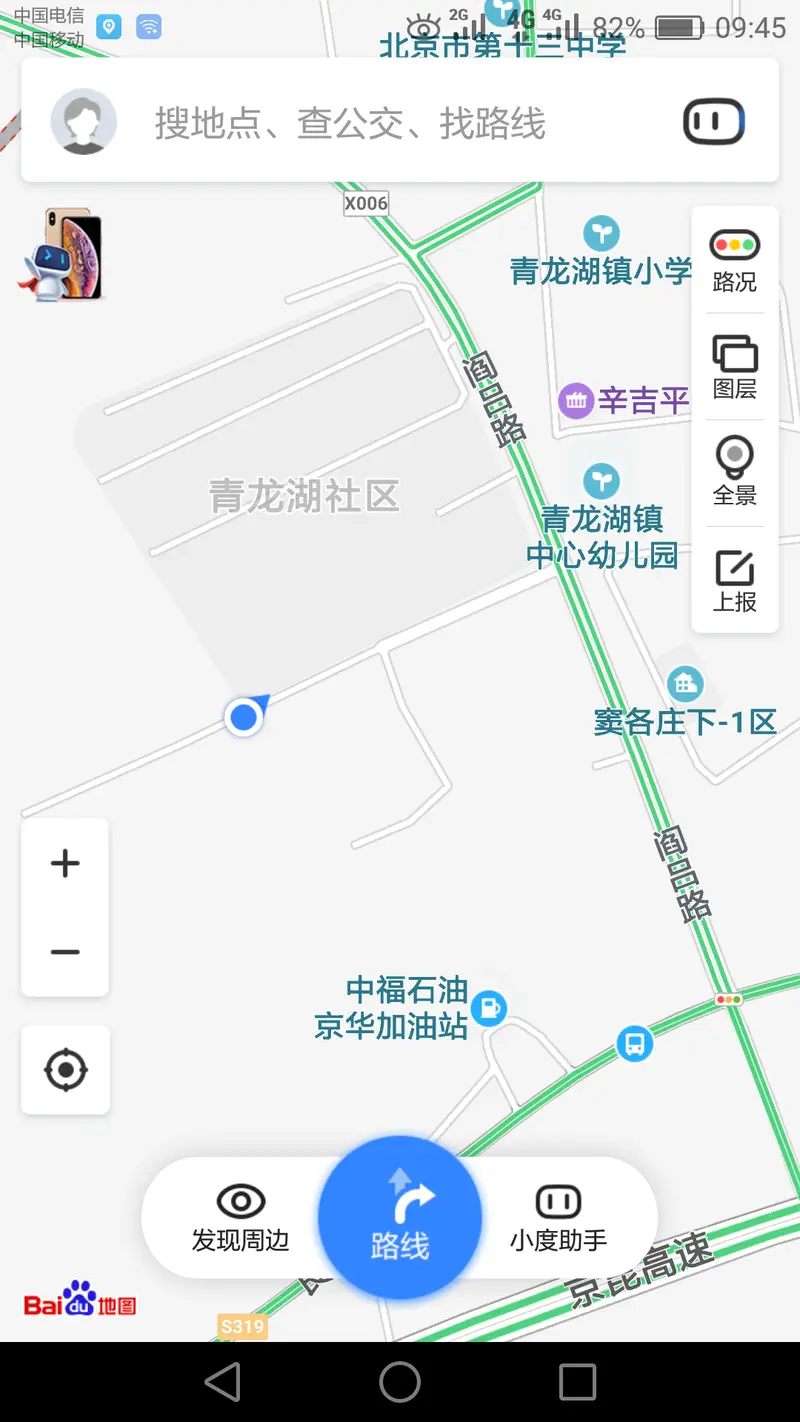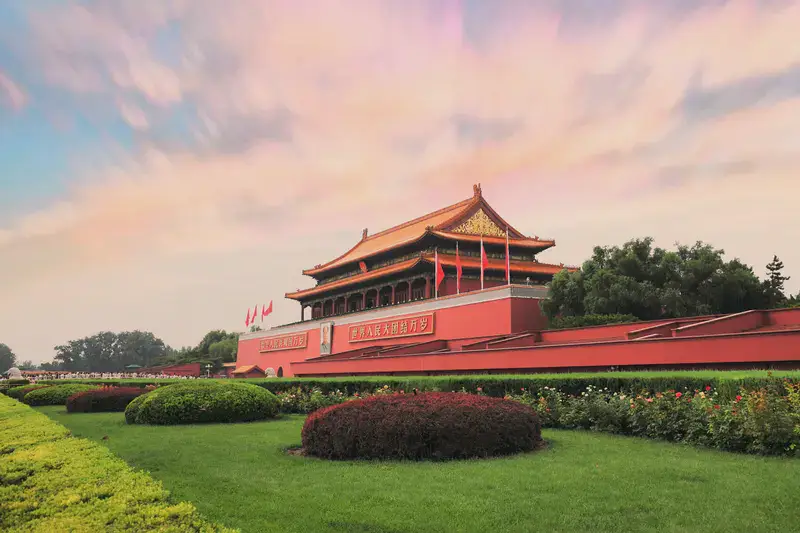Where to Find Fangshan Ancient Tower
Fangshan Ancient Tower isn’t a single tower but a collection of 107 ancient pagodas scattered across Beijing’s Fangshan District. This area, about an hour’s drive southwest of downtown Beijing, is often called the “pagoda capital of the capital” (as locals say, “Fangshan’s pagodas crown the city”). The towers date from辽(Liao) to清(Qing) dynasties, so you’ll see styles ranging from tall, carved stone structures to white-walled, bell-shaped brick ones.
To get there, take the subway Line 9 to Beijing West Station, then transfer to a local bus (like Bus 836) heading to Fangshan. If you drive, use “Fangshan Cloud Cave Temple” as a navigation landmark—many pagodas are near this famous Buddhist site.
Nature Meets History
The pagodas aren’t just in one park—they’re tucked into hills, villages, and temple grounds. Some sit by quiet rivers, others on mountain slopes. For example, the Yunju Temple Pagodas (a highlight) are surrounded by forested hills, making for great photos with green pines and red temple roofs. In spring, wildflowers bloom around the bases, while winter snow turns the scenes into ink paintings.
A few pagodas are easy to miss: the Tiankai Temple Pagoda looks like a giant stone rocket, while the Wanning Hollow Pagoda has a unique “pagoda within a pagoda” design. Walking through Fangshan feels like stepping back in time, with old stone bridges, temple bells, and winding paths linking these historic spots.
Why So Many Pagodas?
Fangshan’s pagodas were built for three main reasons:
- Buddhist faith: Many hold relics of monks or saints.
- Culture: Emperors used them to bless the region.
- Art: Each style reflects different dynasties’ tastes.
Some stand alone, like the Cat’s Ear Pagoda (a quirky, ear-shaped tower), while others form groups, such as the “Eight Scenery Pagodas” near Qiushuiyan Village. Look closely: you’ll spot carvings of dragons, lotus flowers, or Sanskrit symbols. Even weathered towers still show traces of bright paint or delicate patterns.
Tips for Your Visit
- Best time: Spring (April–May) or fall (September–October) for mild weather and colorful leaves.
- Must-see pagodas:
- Yunju Temple Compound: Home to Beijing’s oldest stone pagoda (built in 605 AD).
- Tiankai Temple’s “Leaning Pagoda”: It tilts slightly, like a mini Pisa!
- Kuaisu’s Pagoda Forest: Over 50 towers in a pine-covered valley.
- Guided tours: Hire a local guide (~¥200/day) to hear stories about each tower’s history.
Stay, Eat, and Explore
- Food: Try fangshan-style grilled lamb at local restaurants or stinky tofu from street vendors near the Old Town.
- Accommodation: Stay at Cloud Cave Temple’s guesthouse (simple but cozy) or the newer Fangshan Grand Hotel in the city center.
- Souvenirs: Buy mini pagoda replicas or Buddhist prayer beads from temple gift shops.
Why You’ll Love It
Unlike crowded spots like the Great Wall, Fangshan Ancient Tower offers peaceful hikes, hidden corners, and a chance to see real, unrestored Chinese heritage. Bring a camera—every tower has a story, and the views (especially at sunset) are unforgettable. Just remember: some paths are steep, so wear comfy shoes!
As one traveler said: “Beijing has the Forbidden City, but Fangshan has its own ‘forbidden pagodas’—quiet, beautiful, and waiting to be discovered.”

